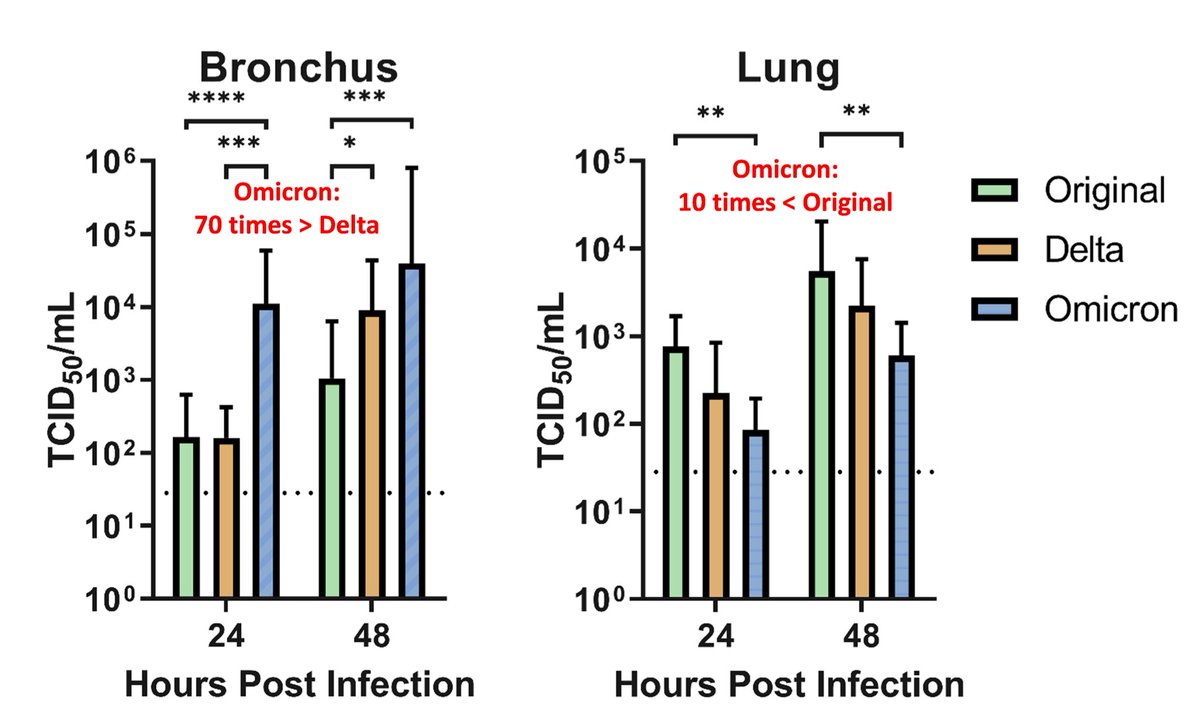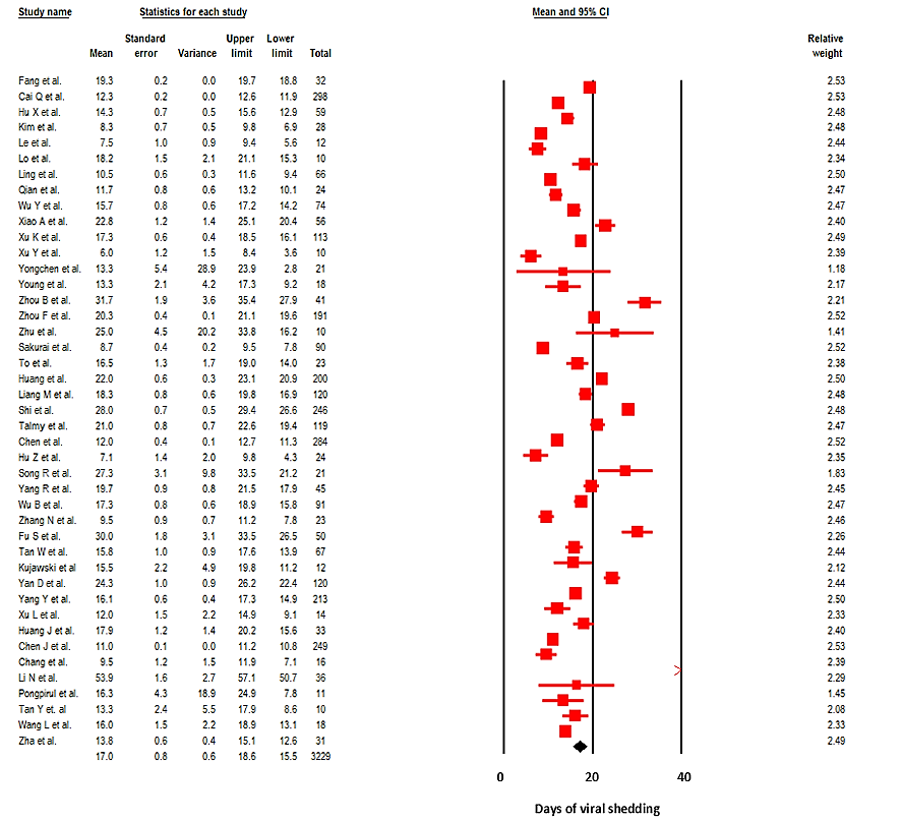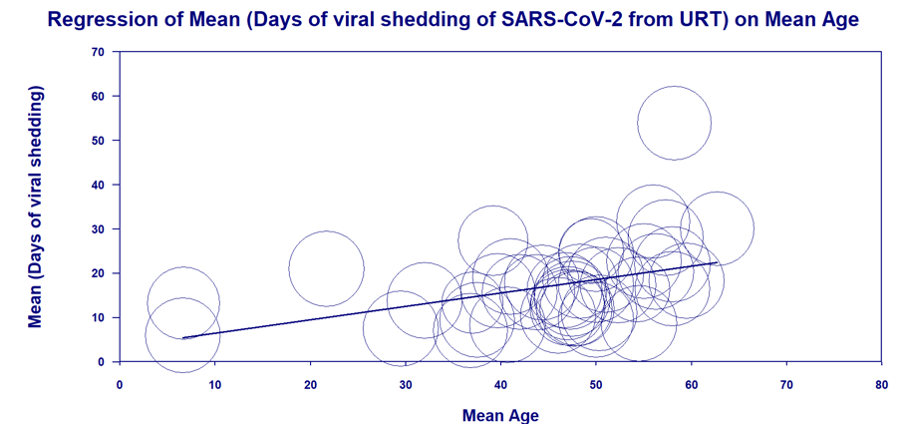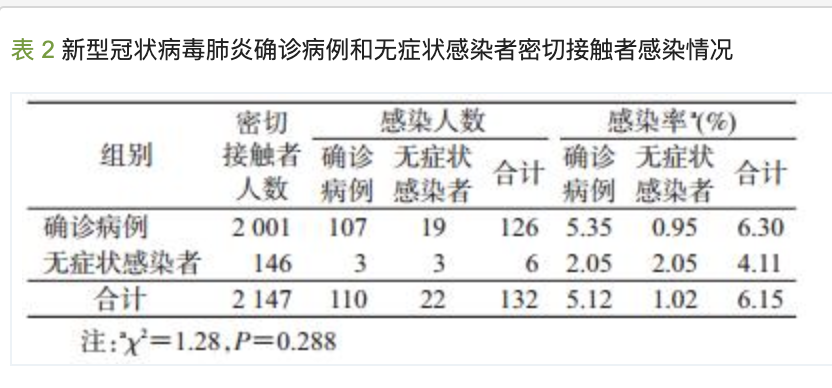
Clinician Scientist • Infectious Diseases / Virology @univofstandrews • @IDIMakerere • globalhealth, TB, HIV • #vegan🌱• RT ≠ endorsement
71 subscribers
How to get URL link on X (Twitter) App





 Almost all cases had high transaminases, majority of children have been hospitalised. No common exposure has been identified, no link to COVID19 vaccination. Adenovirus F41 was identified in several cases, but it doesn’t fully explain the clinical severity observed. #ECCMID2022
Almost all cases had high transaminases, majority of children have been hospitalised. No common exposure has been identified, no link to COVID19 vaccination. Adenovirus F41 was identified in several cases, but it doesn’t fully explain the clinical severity observed. #ECCMID2022 



https://twitter.com/mugecevik/status/1466845581788295172?s=20This is a live virus neutralisation assay. Neutralisation studies can tell us whether levels of Ab in the blood (convalescent and vaccinated plasma) are high enough to prevent the virus from infecting cells in the lab.
https://twitter.com/mugecevik/status/1466845570027429892?s=20





https://twitter.com/mugecevik/status/1425617461840318470@devisridhar The conflating between detection of viral RNA and COVID-19 disease state can lead to unnecessary panic over vaccines' effectiveness. They are two distinct measurements.
https://twitter.com/Ryan_Mac_Phd/status/1425798126124818436









https://twitter.com/apsmunro/status/1304441422792327169While we all agree in the fundamental argument that children, families, educators, and society deserve to have safer schools, the current info ecology switched from underplaying the threat to exaggerating the risks by reacting to the political climate. This is causing harm.




